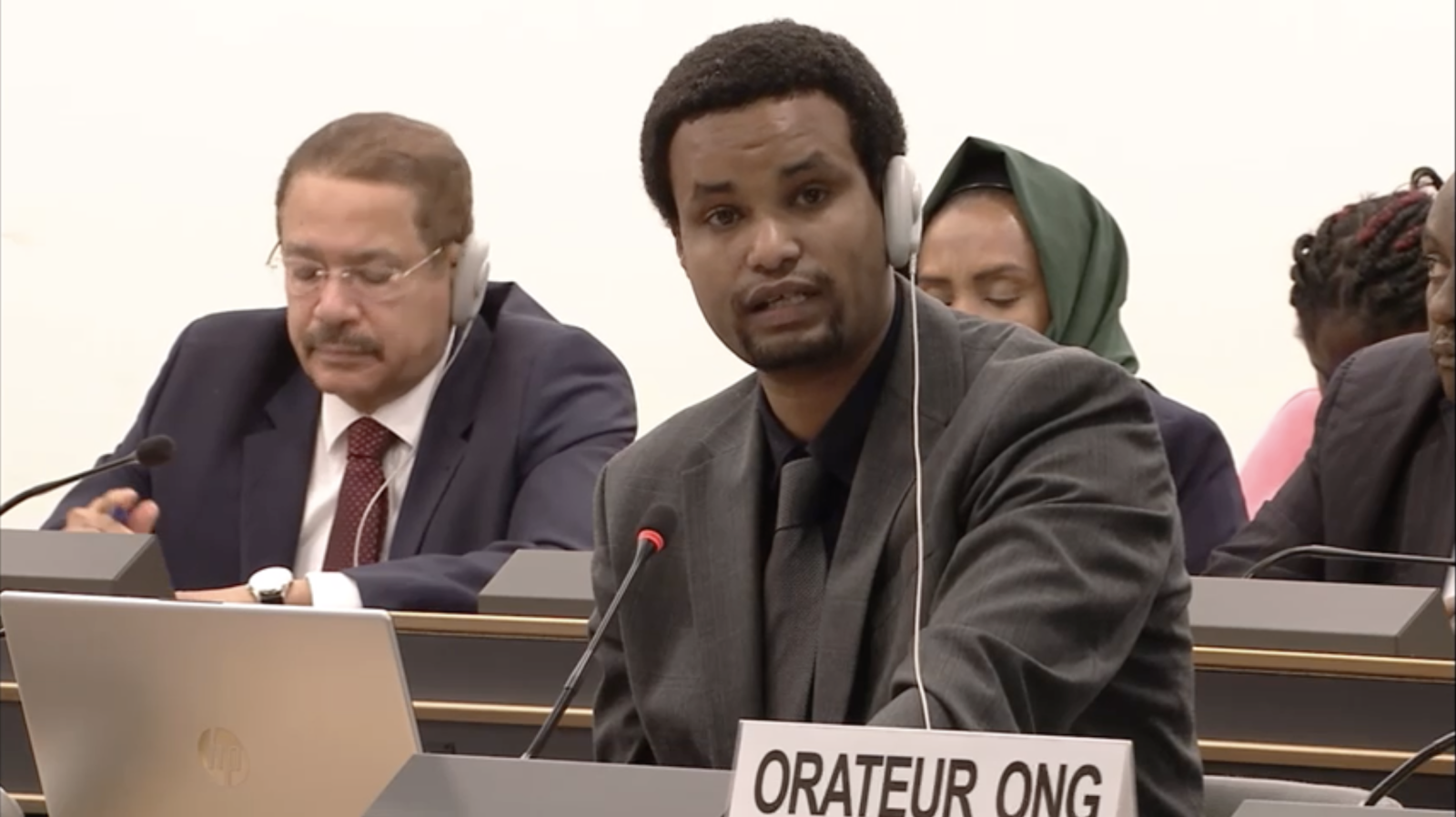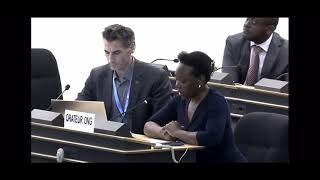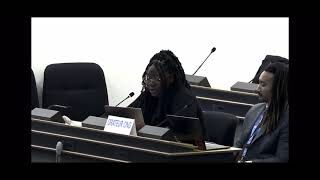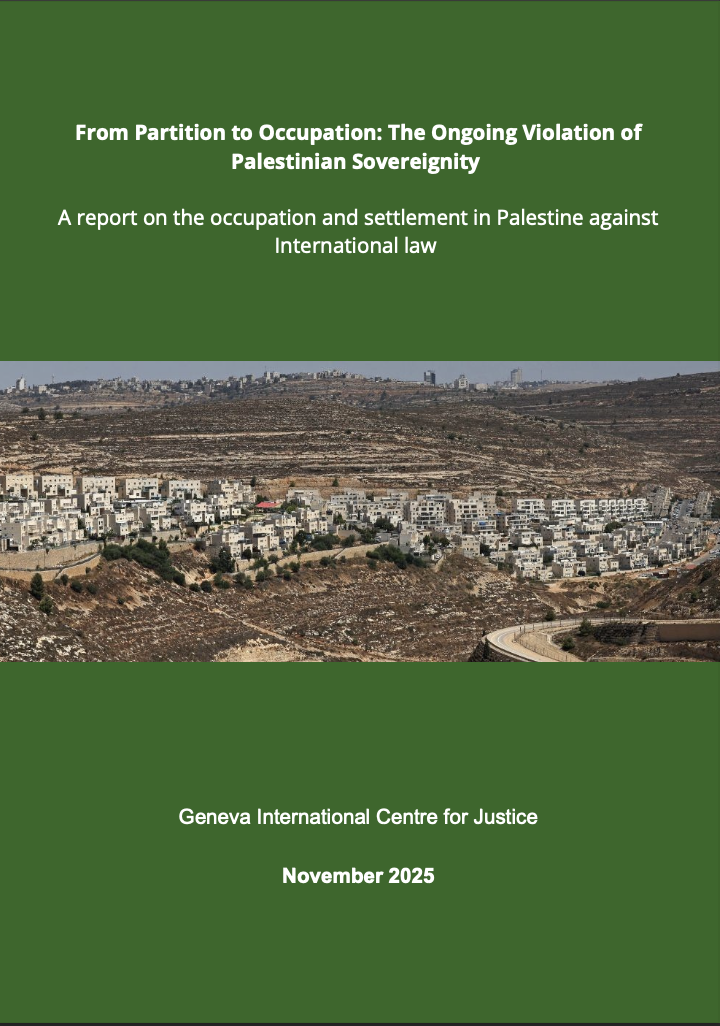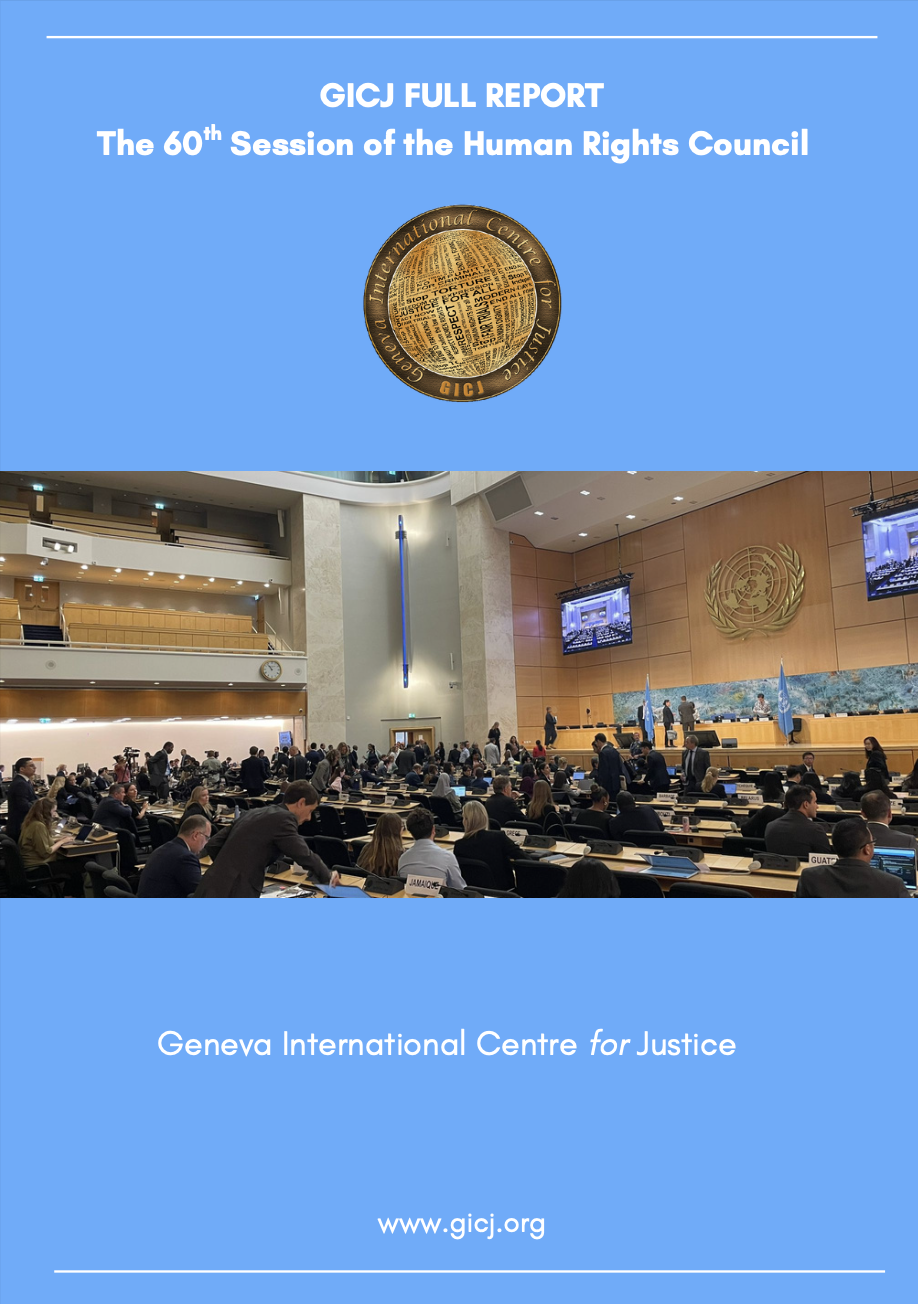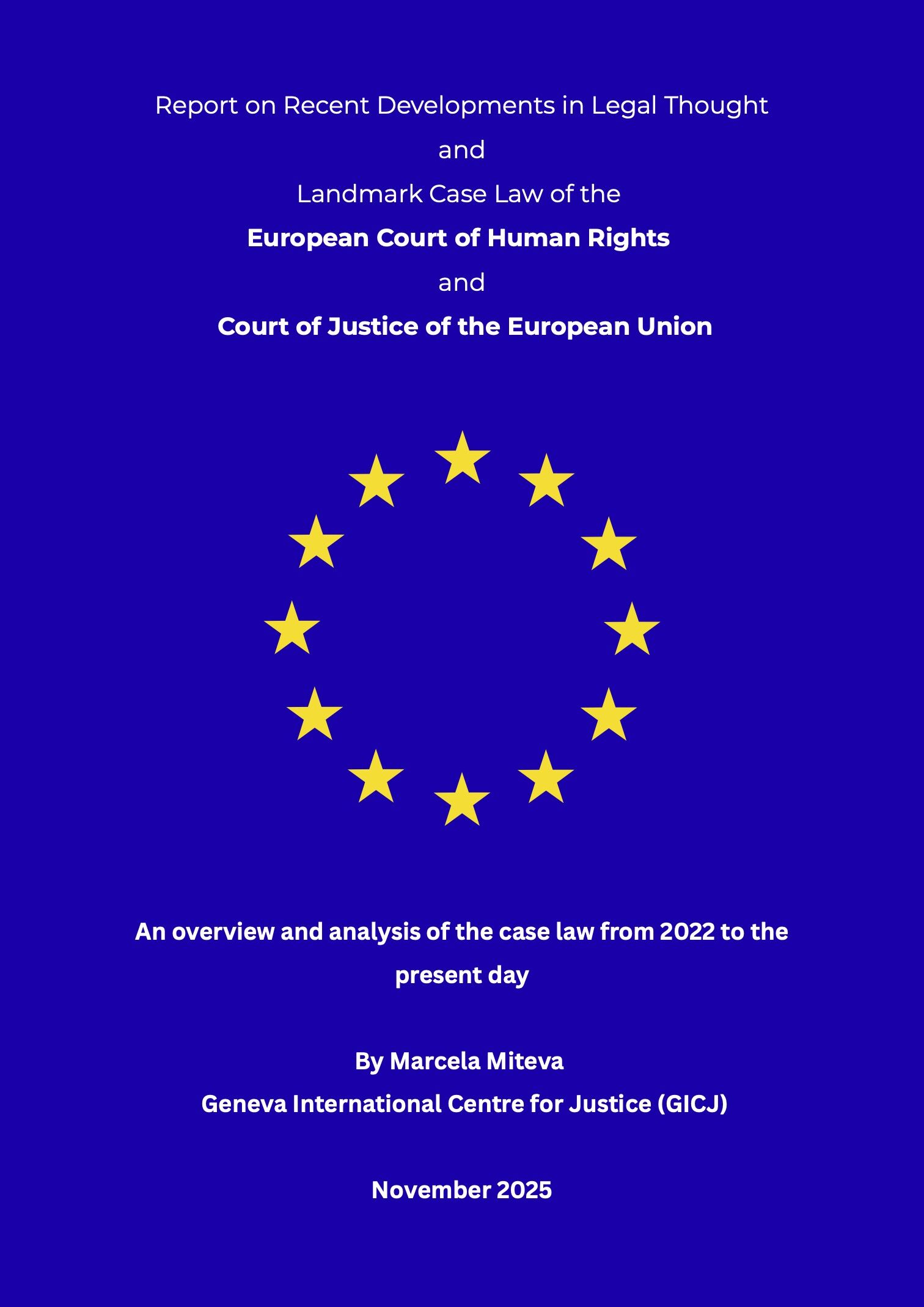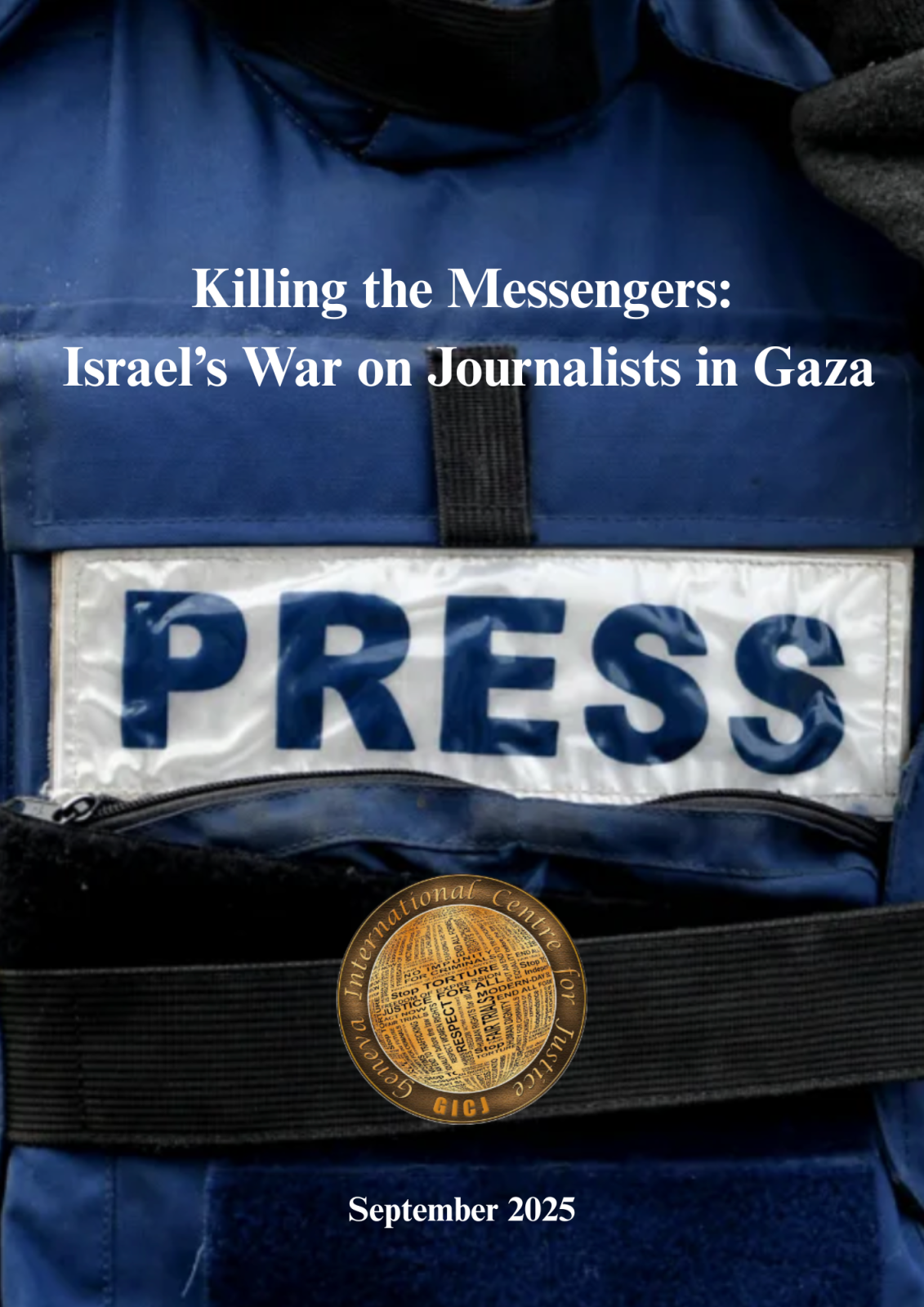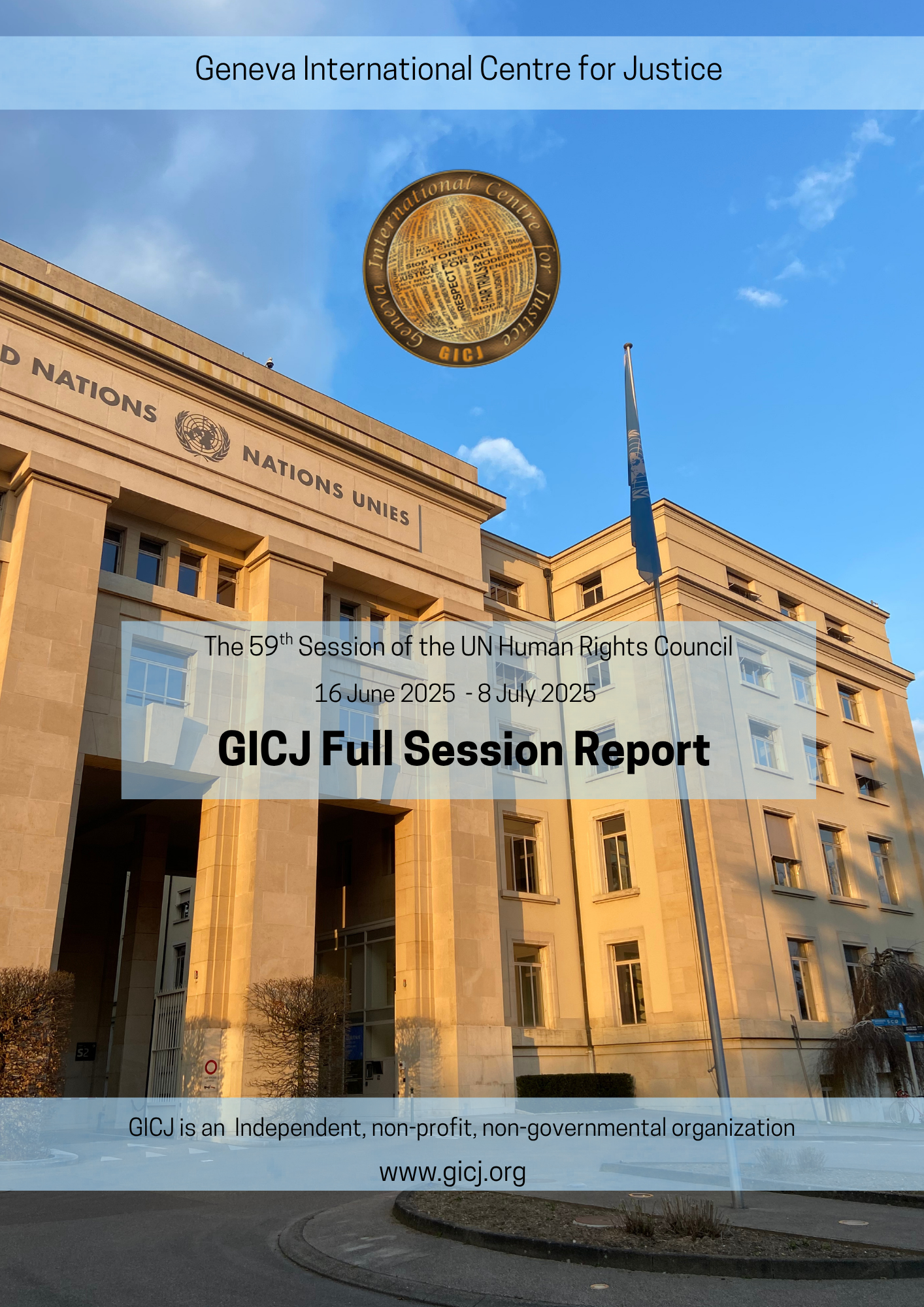
By Maeva Giambrone / GICJ
The 25th of March 2023 marks the International day of Remembrance of the Victims of Slavery and the Transatlantic Slave Trade. The 62/122 UN General Assembly (UNGA) Resolution in 2007 established the Outreach Programme on the Transatlantic slave trade and slavery. Further, the UNGA designated the 25th March, every year, as the International Day of Remembrance of the victims of Slavery and the Transatlantic Slave Trade. This day was honoured for the first time in 2008.
Today article 4 of the Universal Declaration of Human Rights of 1948 clearly states that “No one shall be held in slavery or servitude; slavery and the slave trade shall be prohibited in all their forms”, we must never forget the more than 15 million people who were enslaved for over 400 years.
The purpose of this day is to honour the memory of those who lost their lives as a result of slavery and those who suffered the atrocities of the crossing and fought for their freedom. It is also a day to examine the causes, consequences, and the lessons we have learnt in order to raise awareness of the danger of racism. It is estimated that more than 200 million people of African descent continue to face discrimination, marginalization, and socio-economic disparities due to the transatlantic slave trade and its legacy.
Transatlantic Slave Trade
The Transatlantic slave trade is the world’s largest instance of forced migration in history. According to UNESCO estimations, this trade uprooted 15 to 20 million Africans who were sequestered and dragged by force to the Americas, the Caribbean, and Europe. Since the end of the 15th century, the Atlantic Ocean, once a barrier preventing regular contact between peoples living on four continents, became a commercial passage.
In the 1440s, the Atlantic slave trade began with the Portuguese, that were the first to make a huge profit from the slave trade and free labour. This Transatlantic slave trade was a triangular commerce between Europe, the Americas and Africa. Spain, Portugal, the Netherlands, England, and France were the main trading countries.
Ships carrying goods such as weapons, alcohol and horses left European ports for West Africa, where they exchanged these goods for enslaved Africans. The enslaved people were either captured in wars or were victims of local slave capture and sale companies. These ships were then loaded with enslaved Africans and set off on the 'Middle Passage' to the American and European colonies in the Caribbean and South America.
Enslaved people were sold to work freely on plantations, mines, and rice fields. Then, the goods produced by slaves, such as sugar, tobacco, coffee, rum, or cotton, were sent to Europe for profit.
At the end of the 18th century, moral and political opposition to the slave trade was starting to grow in Britain, and in other parts of Europe. Some Groups like the Quakers and the Society for the Abolition of Slavery were crucial in raising public awareness of the slave trade through public petitions, boycott campaigns and the publication of documents describing the conditions of slaves on slave ships and on plantations. That is why, at the beginning of the 19th century, various countries have adopted legislation prohibiting the slave trade such as Britain, Netherlands, France, Portugal, and Spain. A few years later, the United States also abolished slavery.
2023 Theme: “Fighting slavery’s legacy of racism through transformative education”
Slavery has its roots in the racist ideology that Africans were inferior or not human because of the colour of their skin. Despite all the suffering enslaved people endured, they fought against the conditions of slavery, forced labour and the violence they were subjected to.
The racist legacy of the transatlantic slave trade is reflected today in prejudices and harmful beliefs that continue to affect people of African descent around the world. This legacy can be seen in the unequal access by people of African descent to quality education, racism in employment, also in anti-Black speech and police violence. The Black Lives Matter movement is the perfect example of the protests against the repression black people are still suffering.
The aim of transformative education is to teach about the essence of slavery and its impact in order to ultimately end racism and injustice, to build societies based on dignity and human rights for everyone, everywhere. The desire for this transformative education arose from the observation that education systems have erased Black people's histories, culture and the true nature of cattle slavery. This transformative education needs to be an Anti-racist education for the purpose of challenging this colonial legacy by connecting young Black to African and Afro-diasporic thought.
An Anti-racist education means highlighting and criticising institutional racism but also examining how the institutions support and maintain some disadvantages on the basis of racial distinctions. Focusing on race, allows people to see the link with unequal power, institutional practices or with some system of oppression and privilege.
Various initiatives in this direction have already been taken. For example, in 2019 Harvard's President established an initiative called Harvard and the Legacy of Slavery. A committee was created and asked to “give additional dimension to [their] understanding of the impact of slavery at Harvard”. Another example, in the United Kingdom, The Black Curriculum is a social enterprise that delivers Black British history to young people to address the lack of it in the national curriculum.
The head of UNESCO's History and Memory Section, Ali Moussa Lye, demonstrates UNESCO's involvement in this desire to combat racism through education. Indeed, he recalls that the founders of this organisation had already established the link between ignorance and racism and the importance of education to fight against this phenomenon. This is why the Convention against Discrimination in Education was adopted in 1960 in order to highlight the essential role of education in ensuring equal opportunities for all racial, ethnic and national groups. The Convention is also important because it is the first binding United Nations text to include a detailed definition of discrimination and to link the concept of education to human rights.
The desire to combat slavery's legacy of racism through transformative education is also reflected in broader UN actions.
UN action
The Durban Declaration, adopted in 2001, states that racism, racial discrimination, xenophobia and related intolerance constitute a negation of the purposes and principles of the Charter of the United Nations. The Declaration recognize that “slavery and the slave trade, including the transatlantic slave trade, were appalling tragedies in the history of humanity not only because of their abhorrent barbarism but also in terms of their magnitude, organized nature and especially their negation of the essence of the victims”[1]. The document then acknowledges that slavery and the transatlantic slave trade constitute a crime against humanity and “are among the major sources and manifestations of racism, racial discrimination […] and that Africans and people of African descent […] were victims of these acts and continue to be victims of their consequences”.
The Programme of Action, adopted with the Durban Declaration, also “urges States to take all necessary and appropriate measures to end enslavement and contemporary forms of slavery-like practices, to initiate constructive dialogue among States and implement measures with a view to correcting the problems and the damage resulting therefrom”. The role of education in the fight against racism and racial discrimination was the theme of the 6th Session of the Intergovernmental Working Group on the effective implementation of the Durban Declaration and Programme of Action.
Finally, the “Slave Road project” is an initiative of UNESCO and the Programme of Action that was launched in 1994. The purpose of this project is to educate people while supporting memory initiatives on the theme of slavery but also its abolition. At an international level, the Slave Road project had a major role in breaking the silence around the history of slavery and placing it in the universal memory. Today’s objectives are to “de-racialising” and “decolonizing” our vision of the world. For this, UNESCO highlighted what needs to be done[2]:
- Deconstructing the discourses based on the concept of race that justified these systems of exploitation,
- promoting the contributions of people of African descent to the general progress of humanity, and
- questioning the social, cultural, and economic inequalities inherited from this tragedy.
Current concerns
While today we celebrate the abolition of slavery and the transatlantic slave trade, this unfortunately does not mean that no one is subject to slavery anymore. Indeed, there are still people in slavery situations, mainly in Asia. This phenomenon is called modern slavery. Although modern slavery is not defined in law, it is used as a generic term that includes but is not limited to issues such as: traditional slavery, forced labour, human trafficking, debt bondage, serfdom, children working in slavery or slavery-like conditions, domestic servitude, sexual slavery, and servile forms of marriage. It essentially refers to situations of exploitation that a person cannot refuse or leave because of threats, violence, coercion, deception, and/or abuse of power.The figures show that the situation is not getting any better. In 2016, 40.3 million people were in the situation of modern slavery, while in 2021 the figure had risen to 49.6 million. The statistics are also disturbing: 62 percent of these slavery cases were found in Asia and the Pacific, 71 percent of the slaves are women and girls, and one in four victims is a child.
To fight against that, the Human Rights Council created, in 2007, the mandate of the Special Rapporteur on contemporary forms of slavery to replace the Working Group on Contemporary Forms of Slavery created in 1974. The Special Rapporteur has to, inter alia, promote the effective application of international norms on slavery, to recommend action and measures applicable at a national, regional and international level to eliminate slavery.
The international community is aware and concerned about these figures. This is why, when the Sustainable Development Goals were adopted in 2015, states committed to ending modern child slavery by 2025 and universally by 2030. Unfortunately, there is very little time left for states to achieve these goals while the numbers are still rising.
Geneva International Centre for Justice Position
Geneva International Centre for Justice (GICJ) highlights the need to continue to fight against modern slavery while remembering the tragic past of the millions of people involved in slavery and the transatlantic trade. On the International Day of Remembrance of the Victims of Slavery and the Transatlantic Slave Trade, we need to learn from the past. In order to do so, we need to educate people on what happened and how it still affects people today. GICJ encourages initiatives like que DDPA and the Slave Road project, the international community need to promote them in pursuance of fighting the slavery legacy and modern slavery. But to end it, it also needs to be tackled legally, socially, and most of all, economically.
GICJ calls upon the international community to intensify their efforts to ban all forms of slavery completely and to strengthen protection measures for those who are vulnerable to it. Furthermore, we must continue our work to seek justice for those who have been affected by slavery. The first steps towards it are through remembrance and education.
Slavery Discrimination TransatlanticeSlaveTrade InternationalDay Justice Geneva4Justice GICJ Geneva_Centre_for_Justice
References
[1] https://www.ohchr.org/sites/default/files/Documents/Publications/Durban_text_en.pdf
[2] https://en.unesco.org/themes/fostering-rights-inclusion/slave-route




